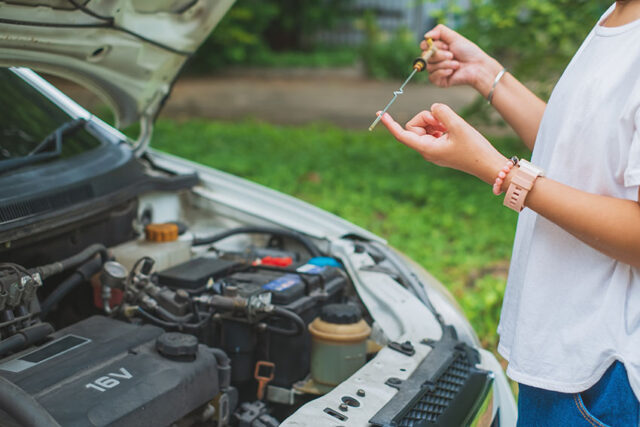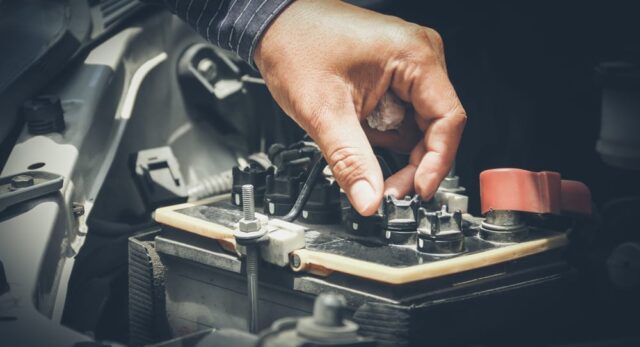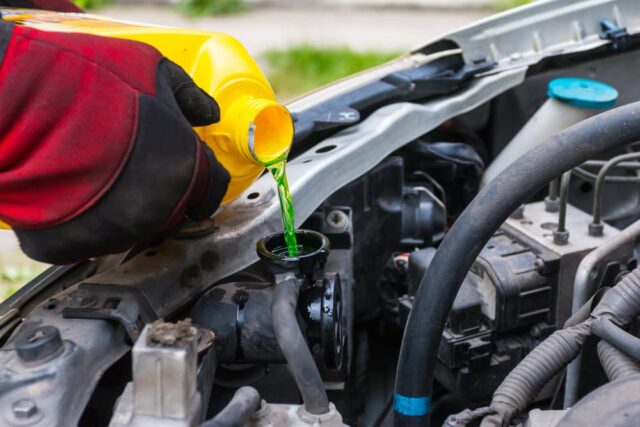
Owning a car, like a Skoda, is not just about the thrill of the open road or the convenience of modern transportation. It’s also about the responsibility of keeping your vehicle in optimal condition.
This not only preserves its value over time but also ensures safety and reliability. You might think that car maintenance is a job for professionals, but there’s a lot you can do yourself.
This DIY guide will provide you with practical, easy-to-follow steps on how to keep your Skoda running like new while saving money in the process. For some of the steps you’ll need to check your Skoda manual for specifics.
1. Regular Oil Changes
Oil is the lifeblood of your Skoda’s engine. It lubricates the moving parts, reducing friction and preventing overheating. As time goes on, oil degrades and collects dirt and metal particles, causing wear on the engine. Regular oil changes recommended every 5,000 to 7,500 miles or as per your Skoda owner’s manual, are vital for optimal engine performance.
Purchasing the correct type of oil and filter is key, and for this, refer to your car’s manual. Changing oil involves draining the old oil, replacing the oil filter, and refilling with fresh oil. Always remember to dispose of the old oil properly, as it is harmful to the environment.
Along with regular oil changes, enhancing your Skoda’s performance can also be achieved through the addition of high-quality Skoda tuning parts, which can optimize various aspects of your vehicle’s performance.
2. Checking and Maintaining

Proper tire pressure is crucial for safety, fuel efficiency, and tire longevity. Over or under-inflated tires can cause poor handling, increased wear, and even blowouts. Your Skoda’s recommended tire pressure can be found in the owner’s manual or on a sticker inside the driver’s door.
Using a tire pressure gauge, check your tire pressure monthly and before long trips. Remember, tire pressure can drop in cold weather and rise in hot, so adjust accordingly. If needed, use an air compressor to inflate your tires to the correct pressure.
3. Cleaning and Replacing Air Filters
Air filters prevent harmful debris from entering your engine, enhancing its lifespan and performance. Over time, these filters become dirty and clogged, impeding airflow and reducing engine efficiency.
Checking and replacing air filters is a straightforward task you can do at home. You’ll need to locate the air filter, usually housed in a black box on the engine. Open the box, remove the old filter, and if it’s dirty or clogged, replace it with a new one. Make sure to use a filter specified for your Skoda model.
4. Inspecting and Replacing Worn-Out Brake Pads
The brake system is one of the most critical safety features of your car. Worn-out brake pads can lead to longer stopping distances and even brake failure.
You can inspect your brake pads by looking through the spokes of your car’s wheels. If the pad thickness is less than 1/4 inch, it’s time to replace them. Although replacing brake pads requires a bit more skill, with the right tools and a bit of patience, it’s a job you can do at home. Always remember to replace brake pads in pairs to ensure even braking.
5. DIY Battery Maintenance

A car battery has a life expectancy of about three to five years, but maintaining it can extend its life. Regularly checking your battery’s terminals for corrosion and keeping them clean can prevent power loss.
To clean the terminals, remove the battery cables (start with the negative), then clean the terminals with a solution of baking soda and water, and a wire brush. Rinse with clean water and dry before reconnecting the cables. Using a battery tester, you can also check your battery’s charge. If it’s low, consider using a battery charger to boost it. Remember, safety first – always wear protective gloves and goggles when handling car batteries.
6. Inspection of Belts and Hoses
Belts and hoses are integral parts of your Skoda’s engine and cooling system. A broken belt or a leaking hose can cause significant damage and lead to costly repairs.
Checking belts and hoses is simple. Look for cracks, fraying, or signs of wear on belts. Hoses should be firm, not soft or brittle. If you find any signs of wear, consider replacing them. Although replacing belts and hoses can be a bit more complicated, with a good guide and the right tools, it’s certainly possible for the DIY enthusiast.
7. Keeping the Exterior Clean
Protecting your Skoda’s exterior isn’t just about aesthetics. Regular washing and waxing help protect the paint and undercarriage from the damaging effects of dirt, salt, and road debris.
Wash your car regularly using car wash soap and soft cloths to avoid scratching the paint. Dry it thoroughly to prevent water spots. Waxing your car every six months can provide a protective layer against the elements and keep your car looking shiny and new.
8. DIY Fluid Checks
Your Skoda relies on various fluids for optimal performance, including coolant, brake fluid, power steering fluid, and transmission fluid. Regularly checking these fluids can prevent problems and extend the life of your car.
Each fluid has its reservoir under the hood, usually marked for easy identification. Check the levels against the indicators on the side of the reservoirs. If any fluid is low, top it up with the type specified in your owner’s manual. Specific fluid dispensers can be used to top up accurate amounts of fluid so that potential risks are minimized. You can get your own fluid dispenser on with professional manufacturers such as this.
9. Maintaining the Cooling System

The cooling system keeps your Skoda’s engine from overheating, preventing costly damage. The primary components of the cooling system are the radiator, coolant, and thermostat.
Regularly check your coolant level and top it up if necessary. Once a year, consider flushing the cooling system to remove any dirt or rust buildup. Also, keep an eye on your car’s temperature gauge while driving. If it’s running hotter than normal, this could be a sign of a problem with the cooling system.
Conclusion
Keeping your Skoda running like new doesn’t have to be an expensive endeavor reserved for professional mechanics. With some basic knowledge, the right tools, and a little time, you can perform most of your car’s maintenance tasks.
Regular upkeep not only extends the life and performance of your vehicle but also provides a sense of accomplishment and peace of mind, knowing that you’re driving a well-maintained and safe vehicle.
Remember, when in doubt, always refer to your Skoda’s owner’s manual for specifications and guidelines. Happy motoring!









